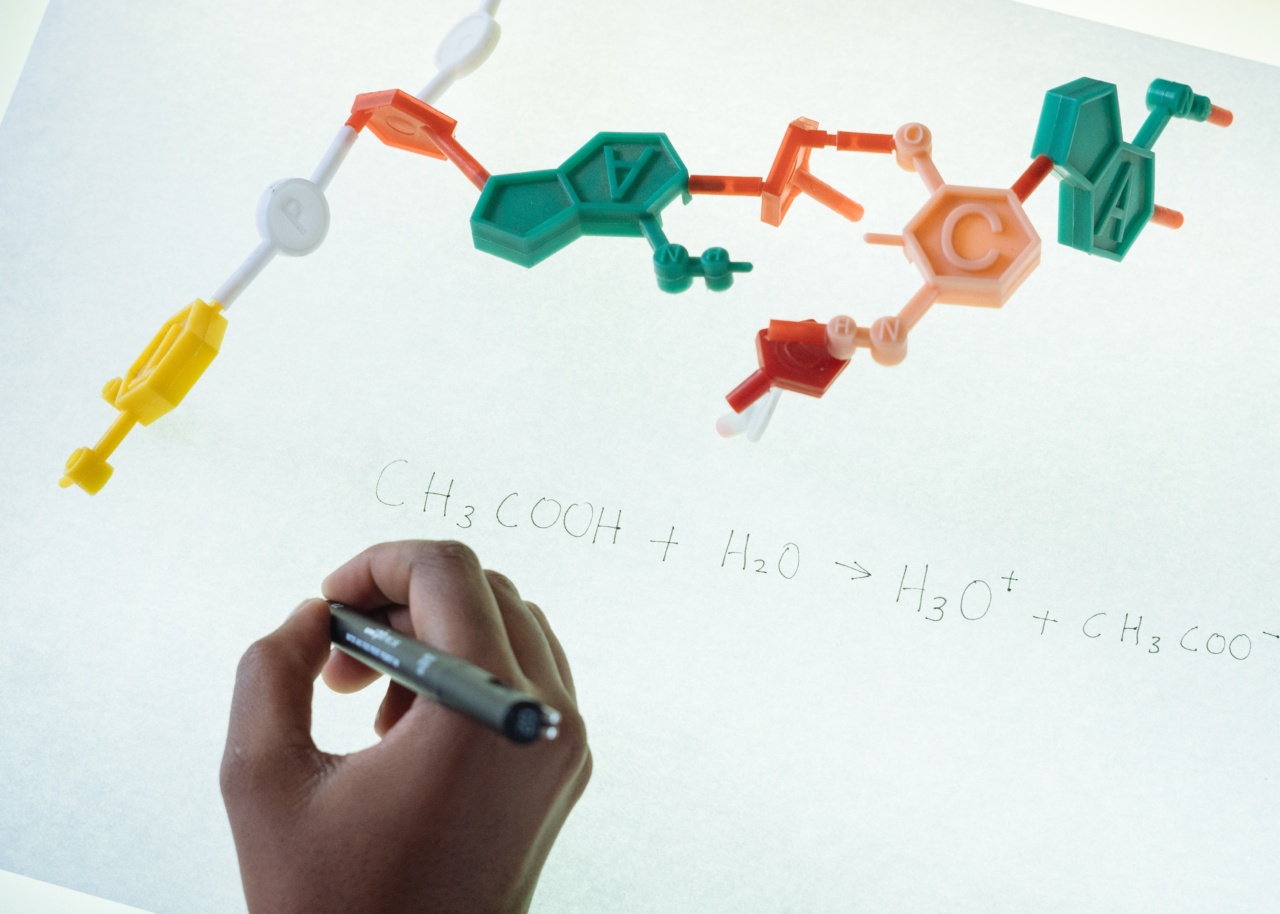Molecules are the building blocks of life. They are the tiny, invisible particles that make up everything around us, including our bodies.
Understanding molecules is crucial for scientific research, but discussing them can sometimes be embarrassing for some people. In this article, we will explore the world of molecules on a man-to-man level, removing all embarrassment and discussing them openly and freely.
What are Molecules?
Molecules are made up of atoms, which are the basic units of matter. Atoms bond together to form molecules, and these molecules then come together to create different substances.
For example, water is made up of two hydrogen atoms and one oxygen atom, forming a molecule known as H2O – the essential compound for sustaining life as we know it.
Types of Molecules
There is an incredible diversity of molecules in the world, each with unique properties and functions. Organic molecules, for instance, are composed primarily of carbon atoms and are found in living organisms.
These molecules form the basis of life and include proteins, carbohydrates, lipids, and nucleic acids.
Inorganic molecules, on the other hand, do not contain carbon atoms. They include substances such as minerals, metals, and nonmetals.
While not directly involved in living organisms’ essential functions, inorganic molecules play a vital role in chemical reactions and physical processes.
Manly Bonding: Chemical Bonds
Chemical bonds are the forces that hold atoms together in a molecule. Understanding chemical bonds is crucial in comprehending the structure and behavior of molecules.
There are three primary types of chemical bonds: ionic bonds, covalent bonds, and metallic bonds.
Ionic bonds occur when one atom transfers electrons to another atom, resulting in an electrostatic attraction between the oppositely charged ions. Covalent bonds, on the other hand, involve the sharing of electrons between atoms.
This shared electron cloud holds the atoms together, creating a stable molecule. Metallic bonds occur between metal atoms and involve the sharing of a sea of electrons. This creates a lattice-like structure held together by the shared electrons.
The Power of Molecules: Reactions and Energy
Molecules play a significant role in chemical reactions and energy transformations. Chemical reactions occur when molecules interact with one another, leading to the breaking and forming of bonds.
This can result in the creation of new substances and energy release or absorption.
One example of a chemical reaction is the process of combustion. When a molecule reacts with oxygen, such as in the case of burning a piece of wood, it releases energy in the form of heat and light.
This is due to the breaking of bonds within the wood molecules and the formation of new bonds with oxygen molecules.
Understanding the energy changes associated with chemical reactions is crucial in various fields, including biochemistry, environmental science, and material science.
The Molecule of Life: DNA
Deoxyribonucleic acid, commonly known as DNA, is a molecule that carries the genetic instructions for the development and functioning of all living organisms.
DNA is a double helix structure made up of two long strands connected by complementary base pairs.
The discovery of DNA’s structure was a significant breakthrough in the field of genetics and revolutionized the understanding of heredity.
DNA molecules are responsible for passing on genetic information from one generation to another and play a crucial role in the diversity and variation observed among different species.
The Impact of Molecules: Medicinal Chemistry
Molecules have had a profound impact on the field of medicine. Medicinal chemistry focuses on the design and synthesis of molecules with therapeutic properties.
Scientists use knowledge of molecular structure and function to develop drugs that target specific molecules or biological pathways in the body.
Pharmaceutical drugs have improved and saved countless lives by targeting molecules involved in diseases such as cancer, diabetes, and cardiovascular disorders.
Understanding the interaction between drugs and molecules allows scientists to develop more effective and targeted treatments for various ailments.
The Future of Molecules: Nanotechnology
Nanotechnology is an emerging field that involves manipulating materials and molecules on the nanometer scale – incredibly small dimensions that are around a billionth of a meter.
This field holds promise for various applications in medicine, electronics, energy, and more.
By precisely engineering molecules, scientists can create new materials with unique properties and functions.
For example, nanomaterials can be used to target cancer cells specifically, delivering drugs directly to the affected area without harming healthy cells.
The Man’s Role in Molecules
Understanding molecules is essential for everyone, regardless of gender. However, discussing scientific concepts openly and without embarrassment is crucial for breaking down barriers and encouraging engagement.
Men play a significant role in scientific research and innovation, but it is important to create an inclusive environment where all individuals feel comfortable discussing molecules, chemistry, and other scientific topics.
Conclusion
Molecules are the invisible forces that shape our world and the very essence of life. By removing the embarrassment and discussing them openly, we can foster curiosity, understanding, and innovation.
Embracing the wonders of molecules on a man-to-man level allows us to advance scientific knowledge, enhance medical treatments, and explore new frontiers in nanotechnology.


























